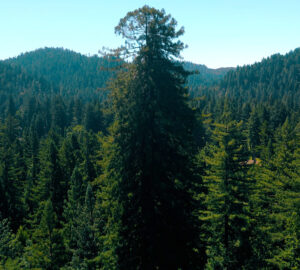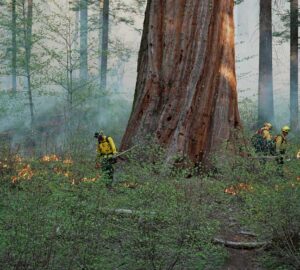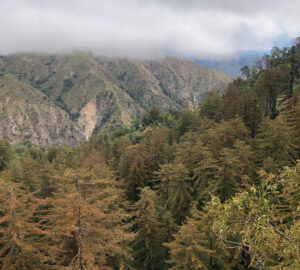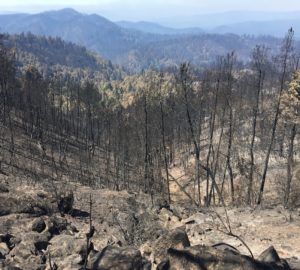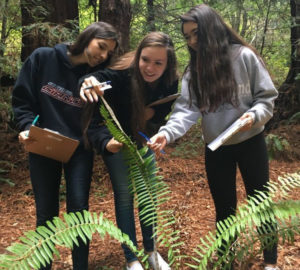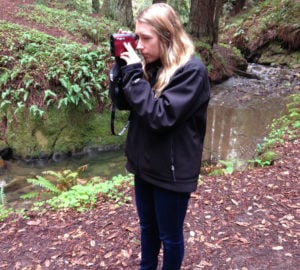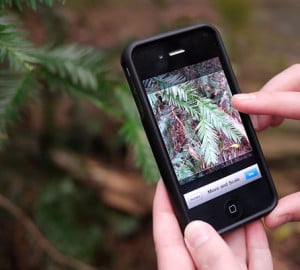Did you ever want to be a scientist but think it’s just for professionals? Love the redwoods but don’t know how to help? Lucky for you, the League has a project that can solve both these problems.
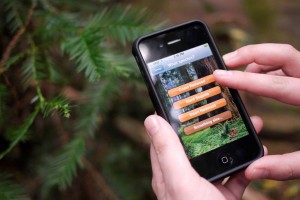
As part of the Redwoods and Climate Change Initiative, our Redwood Watch project lets anyone with an iPhone get involved in collecting scientific data that can help our team understand how climate change is impacting the redwood forest. Getting involved is easy. Find a redwood tree in a park, in your own backyard, or in a botanical garden around the world. We are primarily interested in photos of redwoods growing naturally in forests as opposed to planted in backyards or parking lots.
Use your own camera to take a photo of the tree and submit it online. Get the iPhone app by clicking on the App Store button on your iPhone, then click on the search button and type “Redwood Watch.”
Already, data collected by Redwood Watch volunteers have helped expand our knowledge of where redwood forests grow. A group of students at Pepperwood Preserve near Santa Rosa recorded several redwoods growing a couple of miles east of what is generally accepted as the eastern extent of the range. This is just the sort of information we need to learn more about the future of the forest. In particular, we would love to get observations in Napa County, in Oregon (where the range of redwood currently extends, and some believe will expand), and in the southern populations of Big Sur and the Santa Cruz Mountains. The edges of the range are where the impacts of a changing climate are likely to be seen the earliest, and understanding the tolerance of redwoods for elements of climate such as heat and drought will help us to plan our conservation work into an uncertain future.
We don’t yet know how climate change will impact the redwood forest, but when we understand where redwoods grow well today, we will be better able to predict where the redwood forests of tomorrow will thrive.

